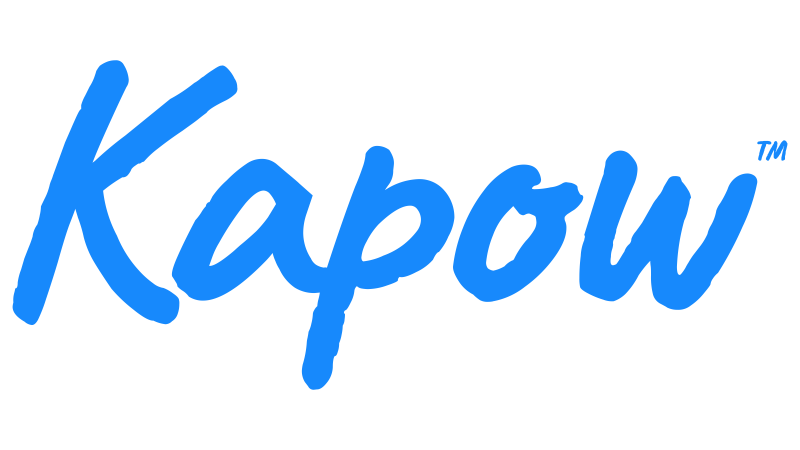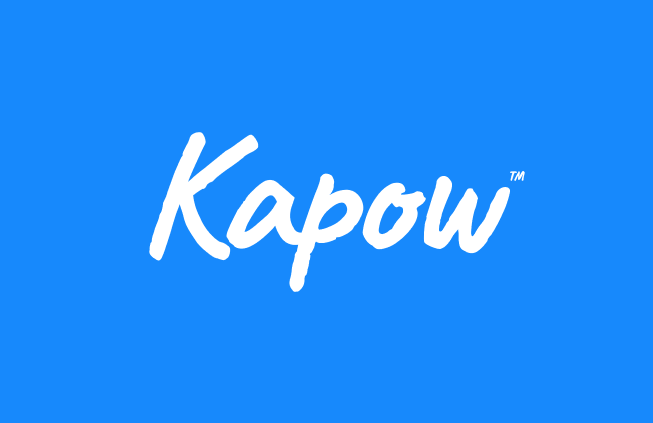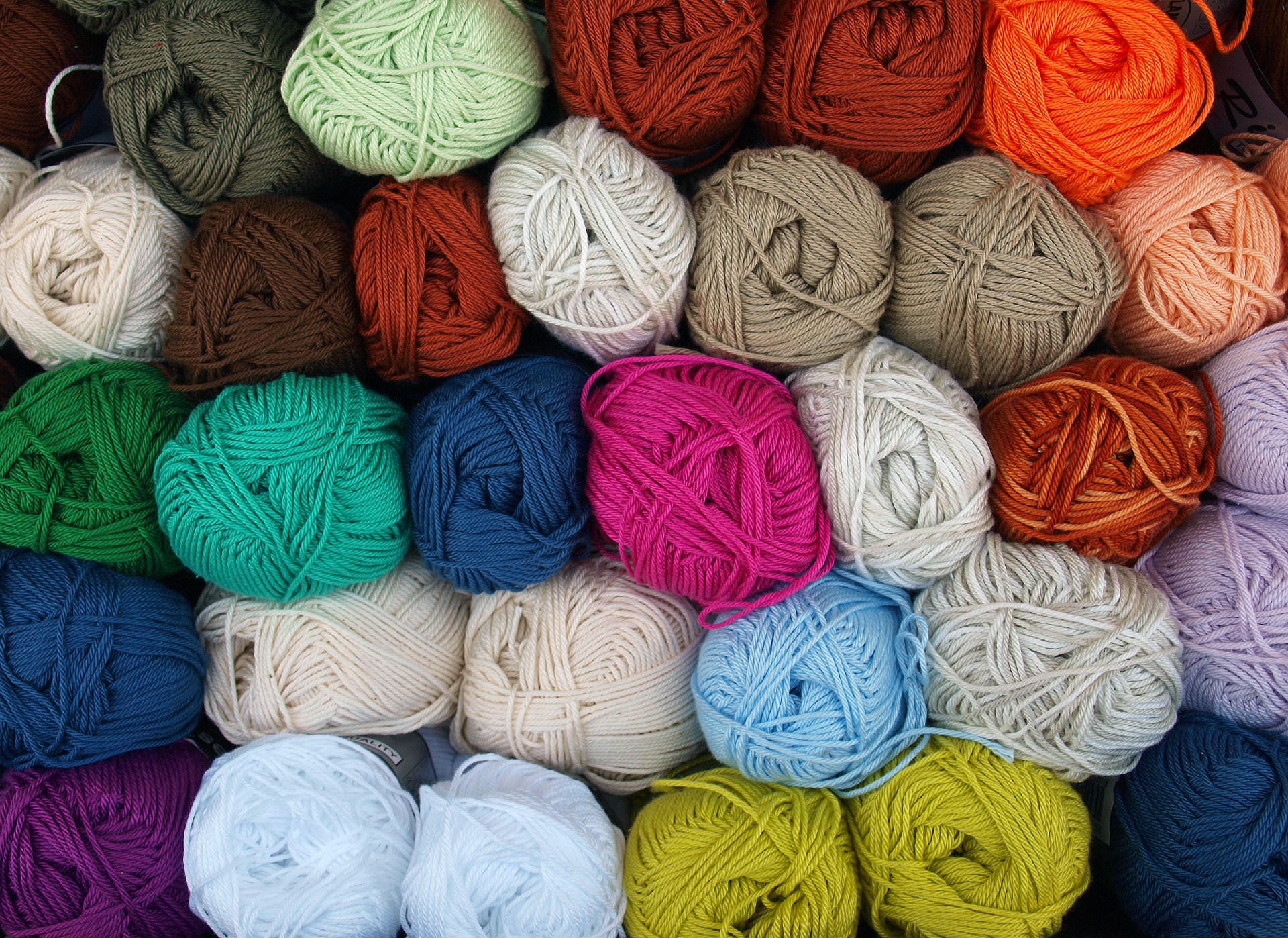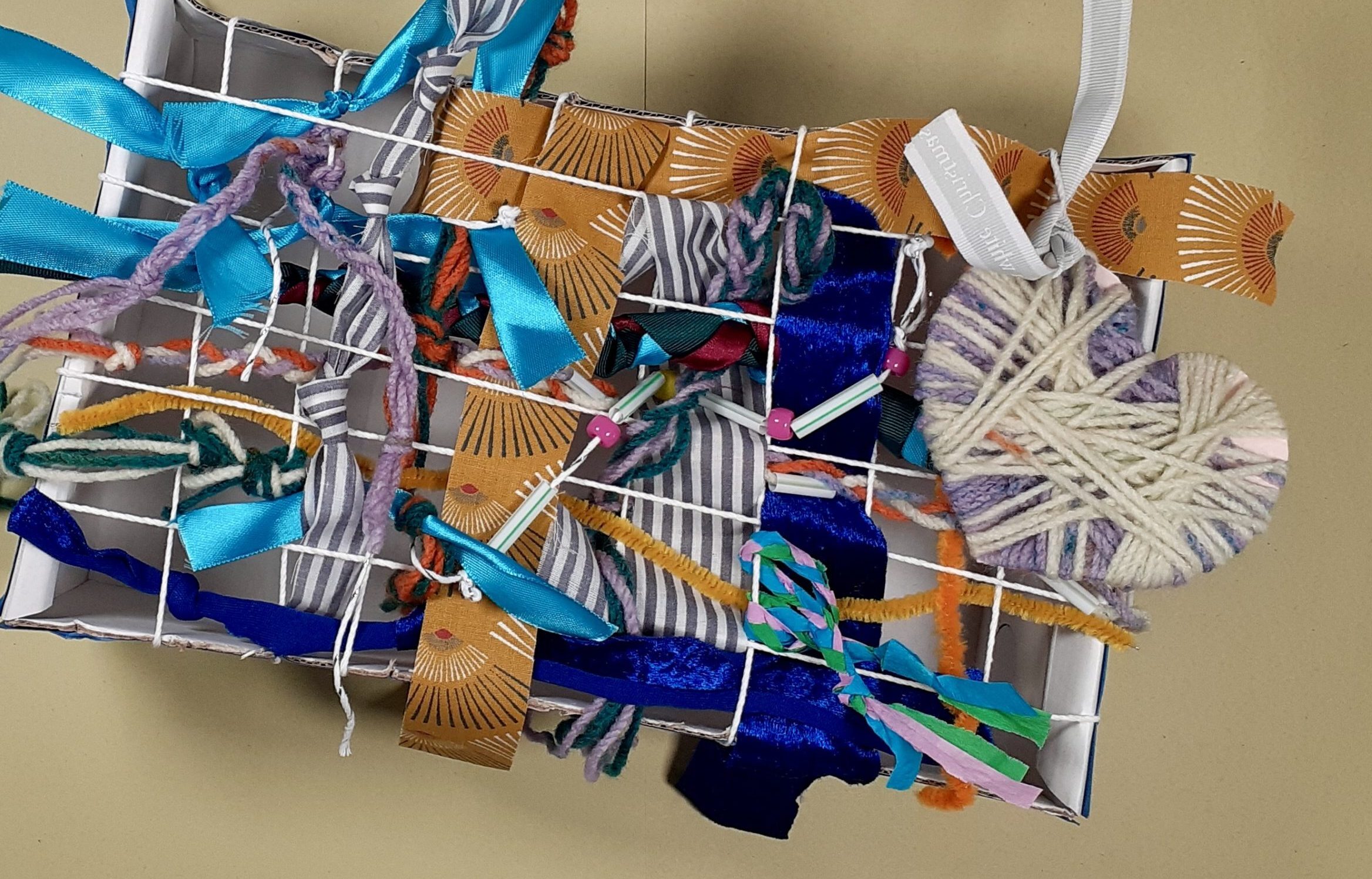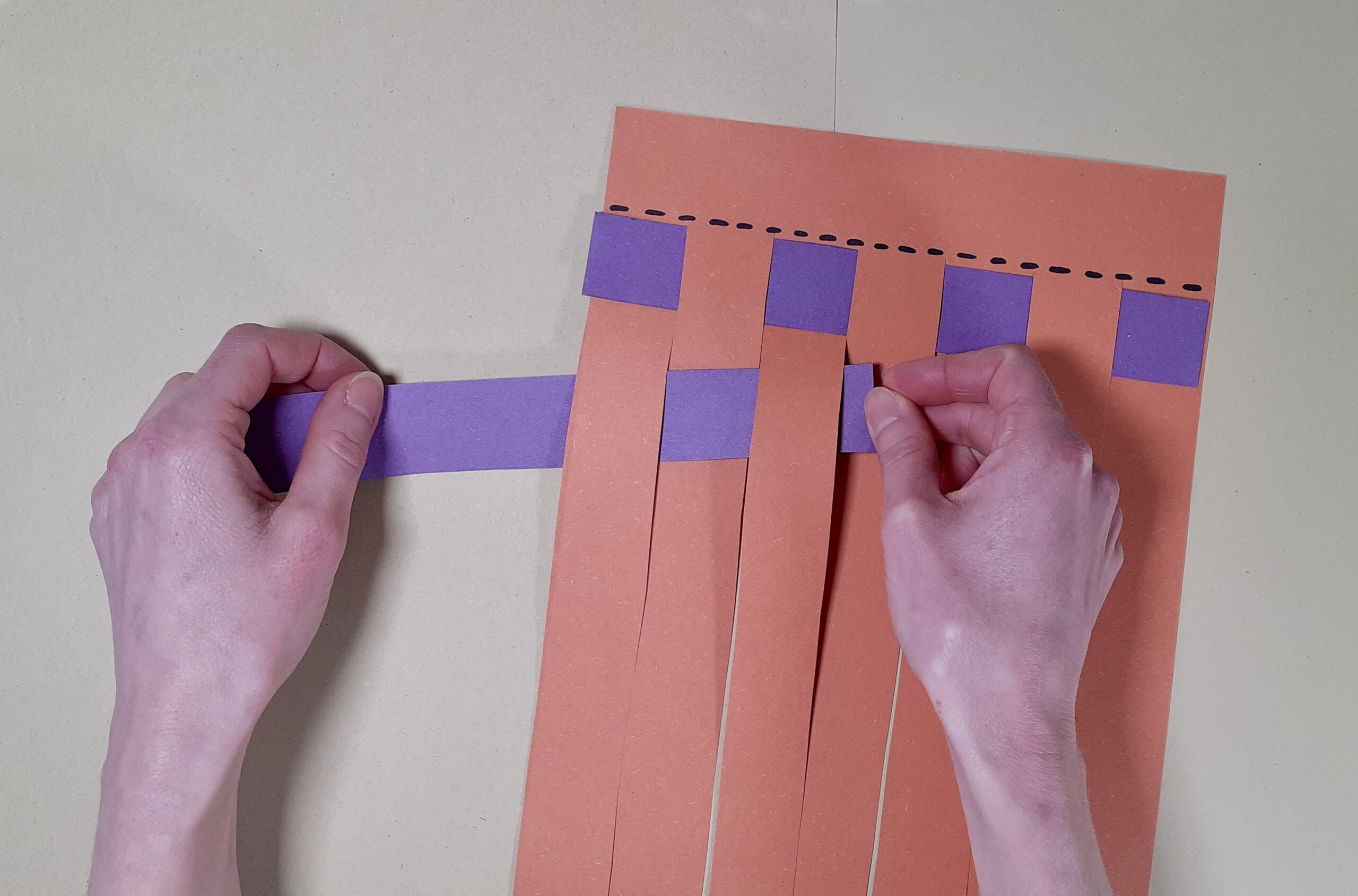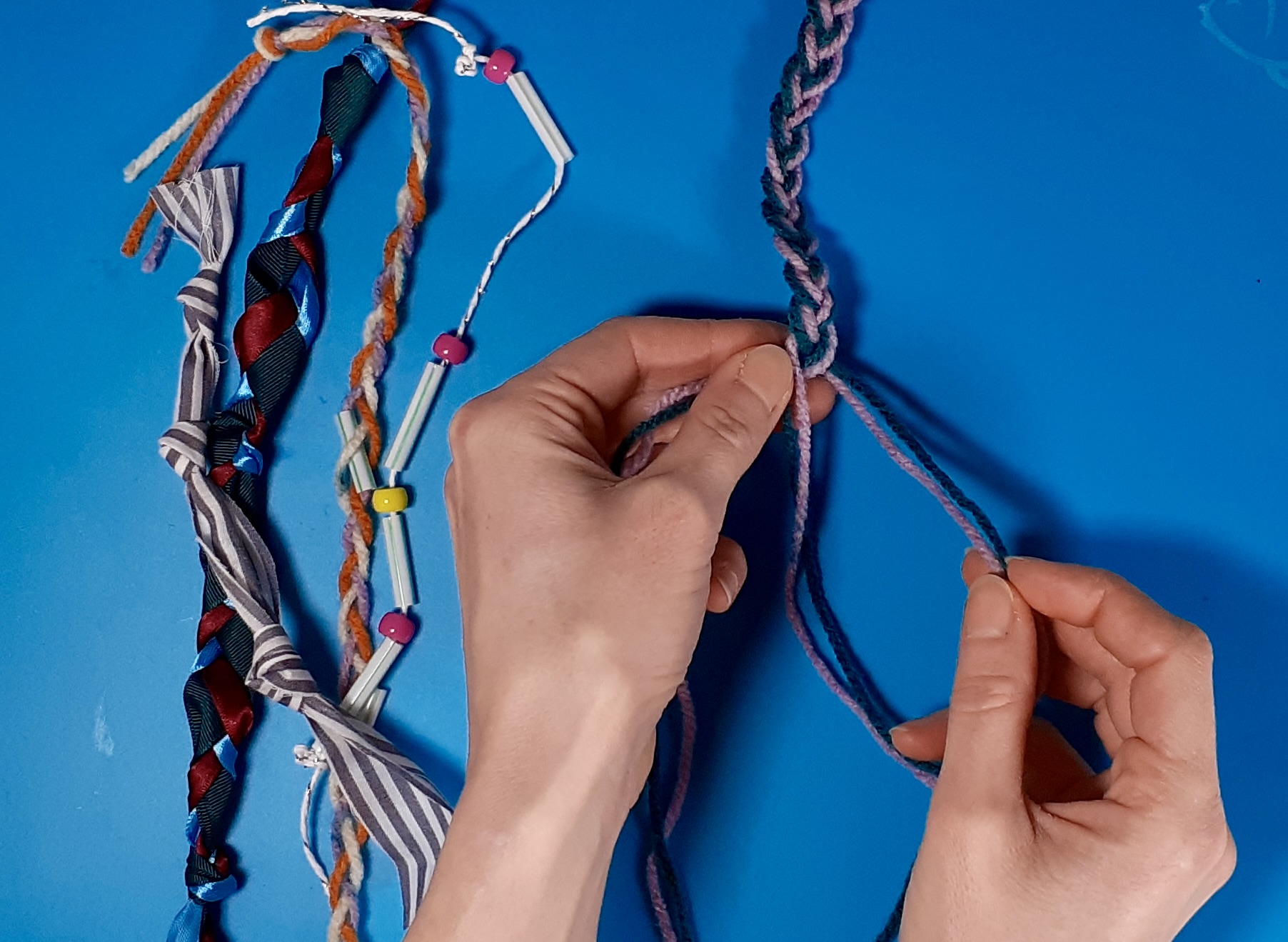Learning intention
- To know that art can be made in different ways.
Success criteria
- I can explain
This content is for subscribers only. Join for access today.
Cambridge Primary Art & Design (0067) Learning objectives
Experiencing
E.03 Gather and
This content is for subscribers only. Join for access today.
Before the lesson
This content is for subscribers only. Join for access today.
Lesson plan
Recap and recall
As this is the first lesson in this Stage 1 unit, there is no knowledge to recap with the learners.
This content is for subscribers only. Join for access today.
Extended-mode explainer videos
How to extend your display to view the lesson page and preseantion mode simultaneously. Choose your operating system below to watch the video
If you need further support with extending your display,
please contact [email protected].
Differentiation
Learners needing support:
- Could use sentence frames to help them express if something is ‘art’ or not. For example, ‘This is art because…;’ ‘This is not art because…;’ ‘This person is … so it is art/it is not art.’
- Should look at examples of art created at school.
Learners working at a stretch:
- Should justify their ideas about why something is or is not ‘art’.
- Should show that they have thought about something creative that they have done in the past.
- Could add words or labels to explain their drawings.
This content is for subscribers only. Join for access today.
Assessing progress and understanding
Learners with secure understanding can:
- Give an opinion if an activity is ‘art’
This content is for subscribers only. Join for access today.
Vocabulary definitions
-
art
The making of objects, pictures and music that expresses ideas or feelings with imagination and skill.
-
artist
A person who makes creative things.
This content is for subscribers only. Join for access today.
In this unit
Lesson 1: Is it art?
Lesson 2: Wool wrapping
Lesson 3: Exploring thread
Lesson 4: Warp and weft
Lesson 5: Fibre art
